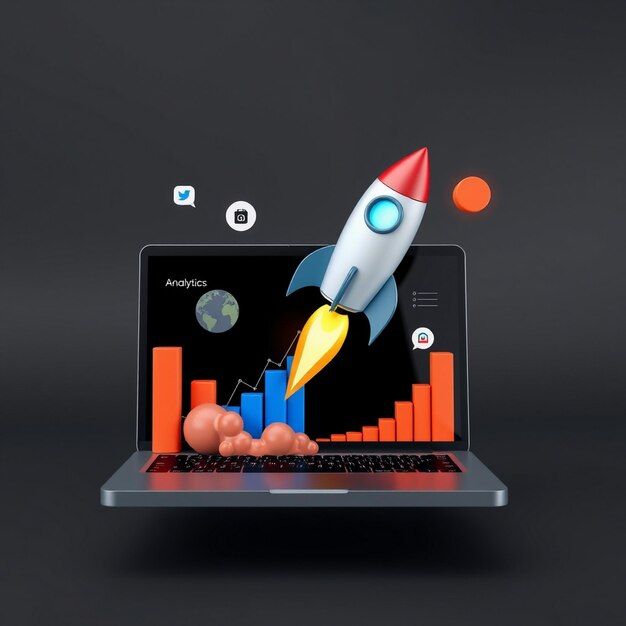Menu

In 2025, a powerful shift is happening in the creative world. Gen Z designers — the digitally native generation born between the late 1990s and early 2010s — are stepping up to redefine the way we see design. With fresh perspectives, bold choices, and a strong sense of purpose, they’re not just following trends — they’re creating them.
From minimalism mixed with chaos to AI-assisted art and identity-driven branding, Gen Z’s influence is rewriting the visual language across social media, advertising, and product design. Whether you’re a creative professional or a brand looking to stay relevant, understanding these new aesthetic codes is vital. Let’s explore how this generation is reshaping the creative frontier — and what it means for the future of design.
Gen Z designers are unapologetically bold. They mix clashing colors, nostalgic elements from the early 2000s, and glitchy digital vibes — but there’s always a deeper message. For them, design is not just about "looking good," it’s about saying something.
Maximalist minimalism: Clean layouts with loud typography and bold color splashes.
Social justice visuals: Design elements that represent inclusivity, environmentalism, and gender fluidity.
Anti-aesthetic aesthetic: Deliberate roughness and chaos that rejects perfection.
“Gen Z design is about intention — not perfection,” says cultural analyst Marissa Beck.
For a deeper dive into how visual communication ties into social identity, Adobe’s Creative Trends 2025 offers great insights on the psychology behind this shift.
Tools like DALL·E, Midjourney, and Adobe Firefly have entered Gen Z’s design toolkit. These young creatives aren’t threatened by AI — they’re embracing it to speed up ideation, explore surrealism, and push boundaries.
Generating mood boards in seconds
Automating repetitive layout tasks
Creating generative art for social content and campaigns
Using AI plugins in design tools like Figma, Canva, and Procreate
💡 Want access to futuristic design resources created with AI? Explore free assets on Seekvector.
If you're curious about how AI design tools are evolving in real time, check out this Forbes article on AI's creative impact.
Gen Z freelancers and solopreneurs are turning their portfolios into mini-brands. They focus heavily on storytelling — building an identity that connects emotionally with their audience.
Playful UX and motion graphics
Honest “About Me” sections
TikTok or Instagram reels embedded into sites
Color palettes that match personality types
Instead of looking for jobs, many Gen Z creatives build their own audience and monetize through Patreon, Notion templates, and design assets.
Gen Z designers prioritize mobile design and vertical formats. They create assets that are made to be shared — not just viewed.
Designing first for TikTok and Instagram Stories
Motion-first: animations, Lottie files, and cinemagraphs
Accessibility: contrast-checked color schemes, readable fonts
🌐 Looking to find trending mobile templates and vertical designs? Visit Seekvector for daily free design drops.
This generation believes in open-source creativity. Collaboration is no longer reserved for agencies. Gen Z uses platforms like Figma, Discord, and Notion to co-create in real time — often with people they've never met in person.
Open Figma files for community projects
Crowdsourced templates and UI kits
Creative livestreams on Twitch and YouTube
External reference: Creative Boom – The Future of Design Collaboration
Gen Z designers are not just reshaping design — they’re reshaping culture. With their fearless approach, tech fluency, and strong values, they’re challenging the industry to be more expressive, more inclusive, and more human. Brands and creatives alike should take note and learn from this generation’s evolving style and strategy.
💡 Want to tap into these bold trends? Discover free vector templates, social media kits, and Gen Z-inspired designs at Seekvector. Stay ahead of the creative curve in 2025.